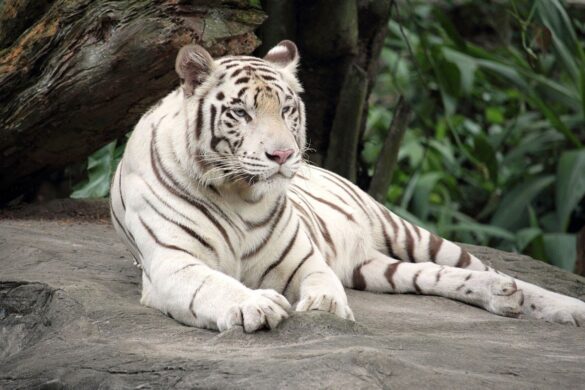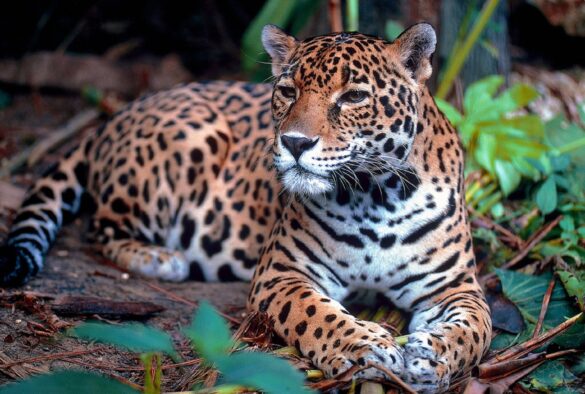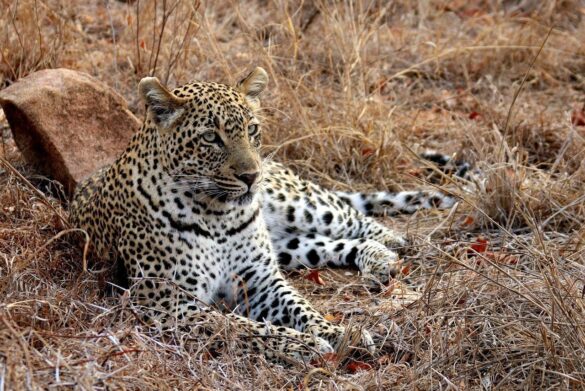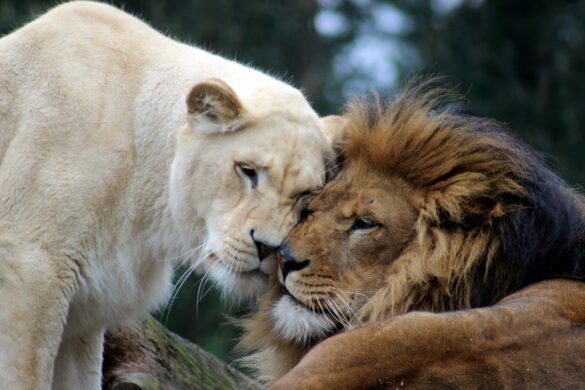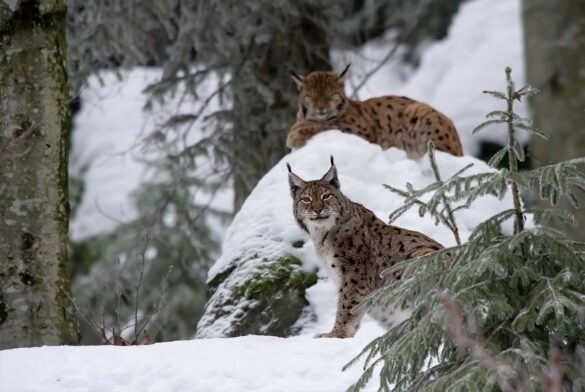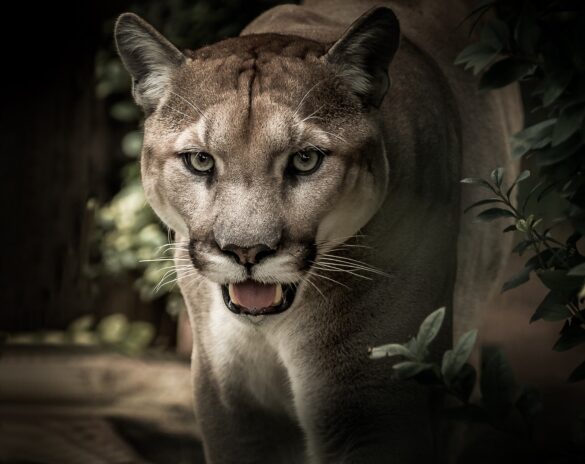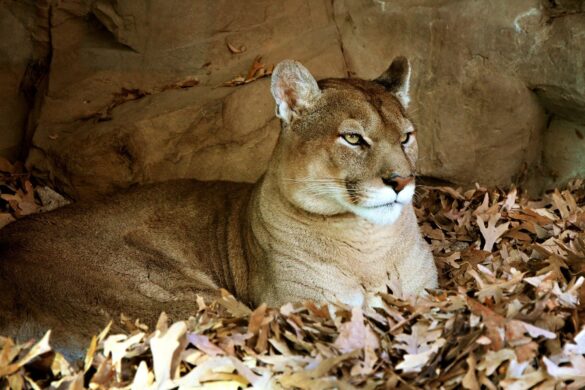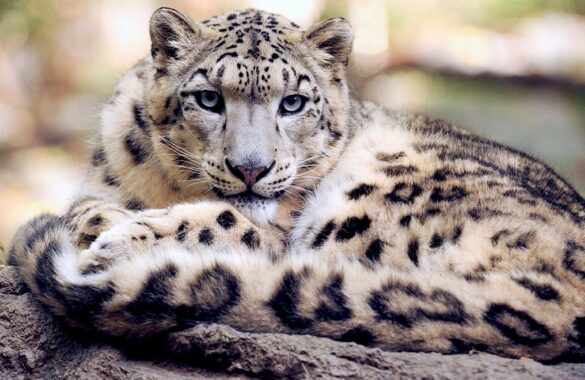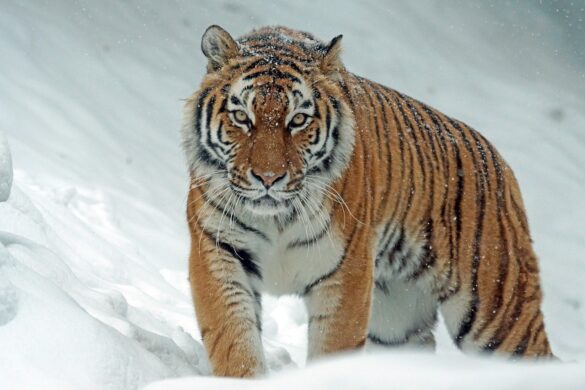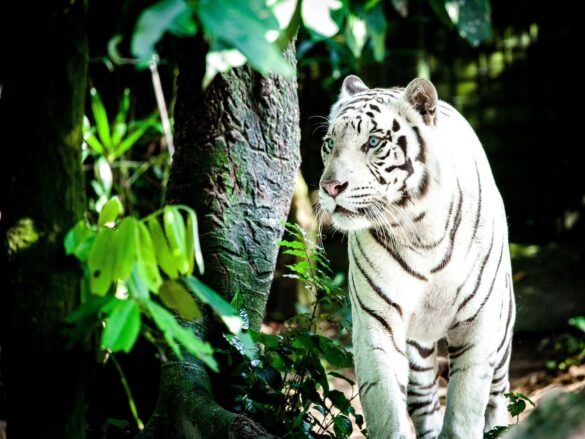World Wildlife Day 2018 is celebrated on March 3rd, under the theme “Big cats: predators under threat”. It’s an opportunity to celebrate Mother Nature’s creative power and generosity. Today is the day to remind ourselves “the urgent need to step up the fight against wildlife crime and human induced reduction of species, which have wide-ranging economic, environmental and social impacts.”
24,431 Endangered species of animals and organisms
Every two years World Wildlife organization issues the Living Planet Report that uses the Living Planet Index (LPI) as a measure of the state of the world’s biological diversity based on population trends of vertebrate species from terrestrial, freshwater and marine habitats. 2016 Living Planet Report revealed the extremely troubling and ugly truth humanity needs to face.
“For the first time since the demise of the dinosaurs 65 million years ago, we face a global mass extinction of wildlife,” says Mike Barrett, director of science and policy at WWF-UK, in a statement. “We ignore the decline of other species at our peril — for they are the barometer that reveals our impact on the world that sustains us.
The overall decline of all three LPIs between 1970 and 2012 posses a real threat to Mother Nature and humans as well:
- The terrestrial LPI — populations have declined by 38%;
- The freshwater LPI — on average the abundance of populations monitored in the freshwater system has declined by 81%;
- The marine LPI — 36%.
According to 2017 Red List of The International Union for Conservation of Nature (IUCN), an international organization working in the field of nature conservation and sustainable use of natural resources, counted a total of 24,431 threatened species of animals and organisms as of 2017. Also, a total number of 10,972 flowering plants were considered as threatened species in the same year.
Big cats, just as many other endangered species, are facing a variety of threats, yet human activities are mostly responsible for them. I’m only going to add that habitat loss and degradation, food systems, climate change and species over-exploitation are the top four major drivers for this decline. For more details, please read 2016 Living Planet Report.
Big Cats: Predators under Threat
The expanded definition of wild cats include lion, tiger, leopard and jaguar — the 4 largest wild cats that can roar, but also cheetah, snow leopard, puma, clouded leopard, etc. The big cats have a global distribution as they live in Asia, and North, Central and South America.
According to United Nations’ official statements, big cats population has declined in the past century at an alarming rate due to the loss of habitat and prey, conflicts with people, poaching and illegal trade. For example, tiger populations plummeted by 95% over the past 100 years and African lion populations dropped by 40% in just 20 years.
That’s why World Wildlife Day 2018 is regarded as “the opportunity to raise awareness about their plight and to galvanize support for the many global and national actions that are underway to save these iconic species.” It takes less than 2 minutes to see the official outreach video for World Wildlife Day 2018 created with the support of Wildlife Conservation Society (WCS).
World Wildlife Day 2018
If you wonder how can you help the Big Cats, here is what you can do. The easiest thing you can do for yourself and for your kids is to:
- Get to know the big cats and learn about the challenges they are facing;
- Spread the word, talk to your friends and family; some outreach materials are available here;
- Post on Social Media — have a look at WWF ‘s Social Media Kit for inspiration; take a photo with the action cards and say something about the day. Remember to use the hashtags #WorldWildlifeDay, #BigCats, #PredatorsUnderThreat, #WWD2018, #DoOneThingToday, #iProtectBigCats
Protect the tigers & celebrate World Wildlife Day 2018
Today is about raising awareness about the big cats, but, as you’ve seen there’s much more that needs to be done. It’s not just endangered animals, plants or soil. It’s about caring and doing more for our generous loving Mother Nature and all its children. CLICK HERE to join Project C.A.T. fight!
It is not just nature, it is Mother Nature, as she’s been here for over 4.5 billion years, 22.500 times longer than us. One cannot be but speechless when admiring the amazing and intelligent ecosystem she raised, nurtured and harmonized, all the nonliving elements and living species—air, water, sunlight, soil, plants, microorganisms, animals, birds, insects, mountains and hills or the coral reef of the deep blue ocean.
Call Her Mother Nature
Mother Nature does not need us. She never did, she never will. But, human beings, on the other hand, are totally dependent on the environment to exist. Ancient civilizations understood this better then we do today. Greeks named her Gaia, the ancestral mother of all life. The Romans named her Terra Mater. Peruvians still call her Pacha Mama, Earth-Mother. And that’s just to name a few! They all knew then better than we do today that when she thrived, they thrived. They knew that nature is not just any place, it is Home. A home they needed to pass on to their sons and daughters with love and respect. I guess that’s why they called her Mother, as a sign of respect, honor and celebration of life. That is something we seem to have forgotten.
As Henry Miller once said,
The world is not to be put in order. The world is order, incarnate. It is for us to put ourselves in unison with this order.”
The question is “can we do it?”. I like to believe that the answer is YES! What about you?!

